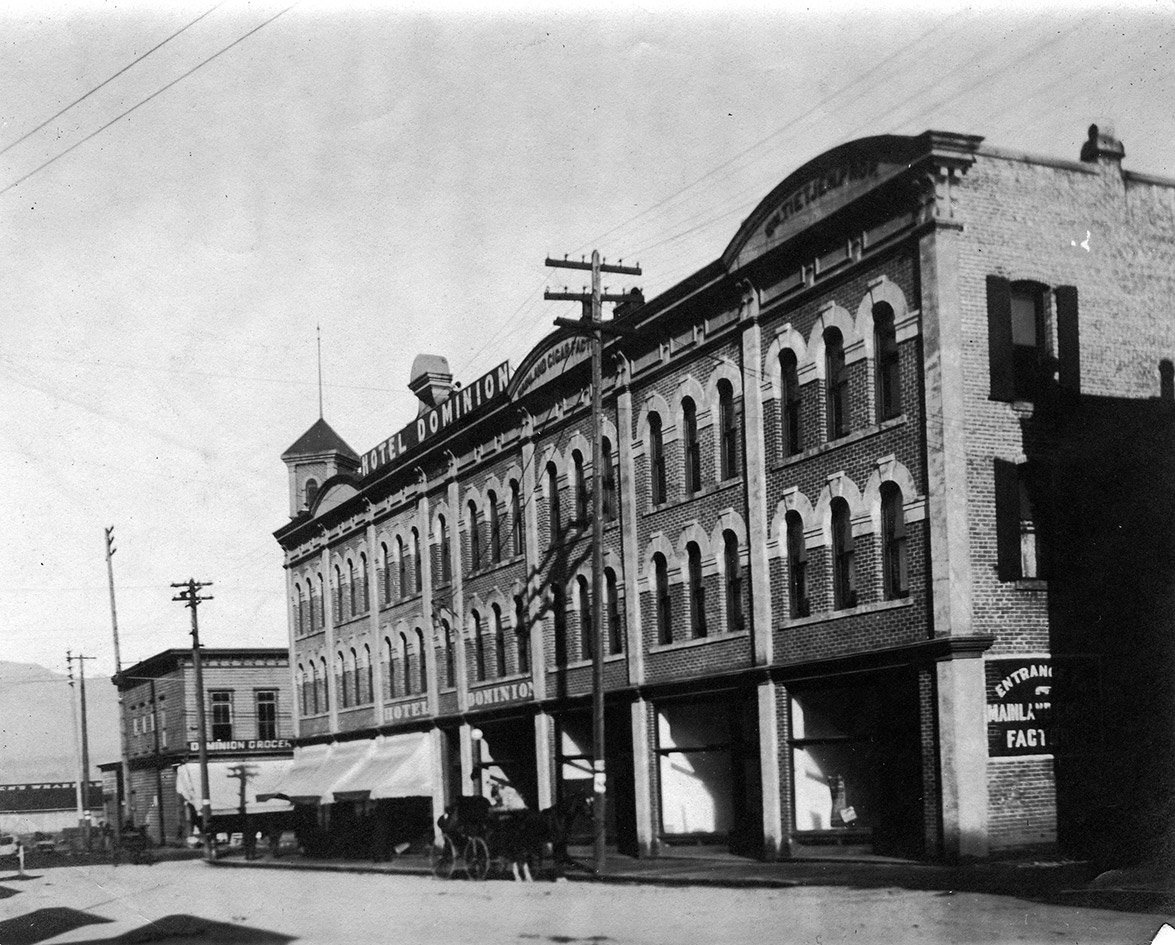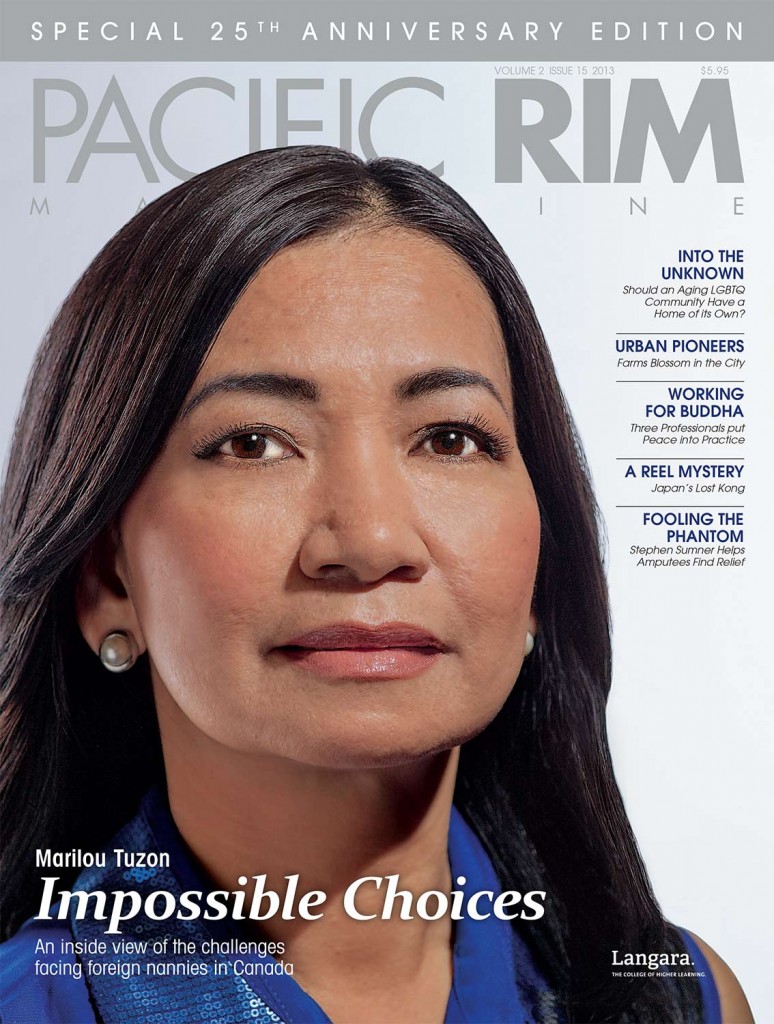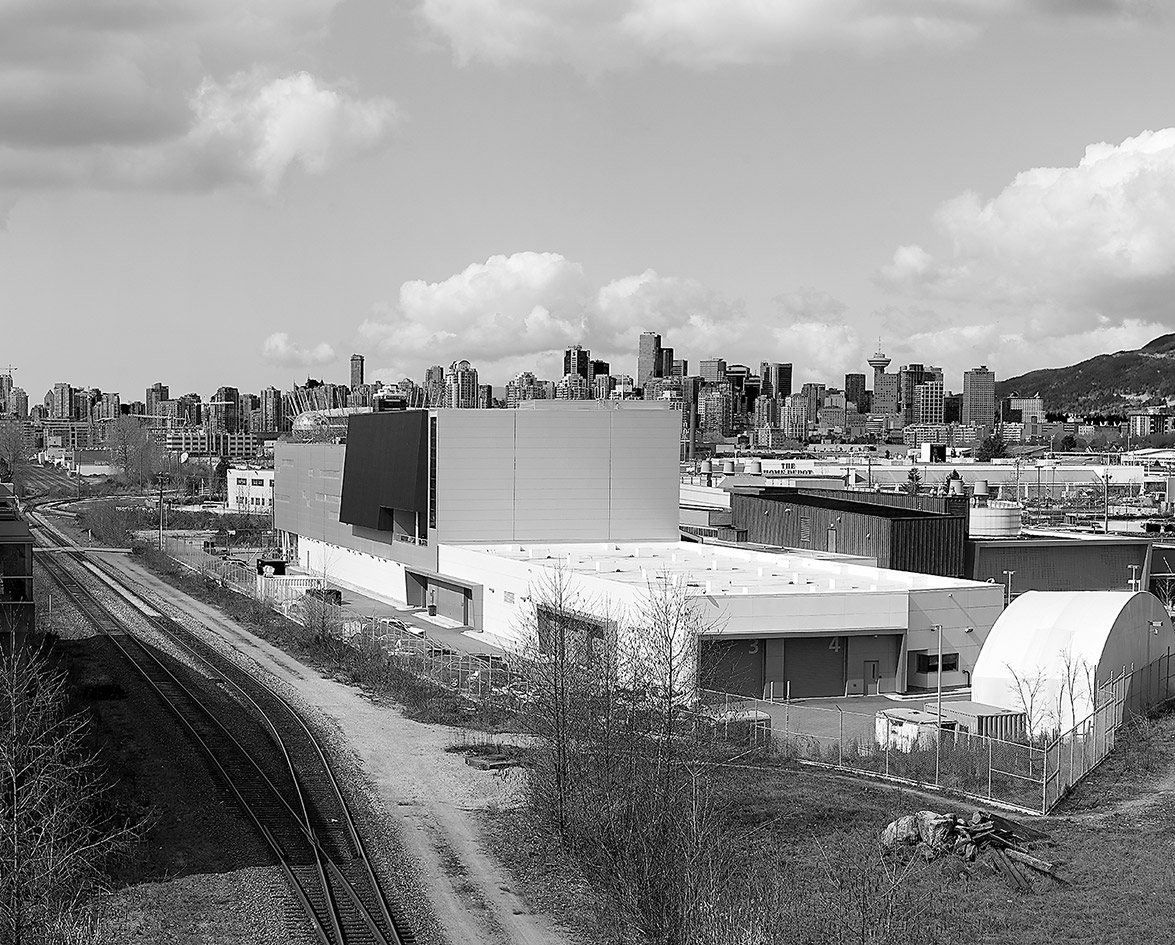For some, the Dominion Hotel, one of several designated Single Room Occupancies in Vancouver, will be the only home they will ever know. It means heating, a meal for the day (a large bucket of potato salad for the entire building that day in particular), and a guaranteed place to lay their head at night and a lock on their door. Basic human needs that seem to be far out of grasp for so many people. “It’s one step up from a homeless shelter,” explains a social worker, before moving to break up a shouting match between two tenants.
In 2002, when Vancouver first started documenting homeless rates, there were approximately 628 homeless. By 2012 the numbers had increased to 1,602 homeless in our city. There isn’t just one specific problem contributing to these numbers, but a whole series: welfare cuts, increased price of housing (while incomes stay practically the same), decreases in affordable housing due to closures of Single Room Occupancies (SROs), or rent increases of SROs after renovations. Mainly though, it is a lack of a proper plan to deal with these problems, and a lack of funding and collaboration from all forms of government.
The U.S. Solution
In the United States, policy-makers turned their attention in 2004 to ‘The Ten Year Plan to End Homelessness’ created in 2000 by the National Alliance to End Homelessness (NAEH). Steve Berg, Vice President of Programs and Policy at the NAEH, touts that prior to the 2008 recession the plan had a success rate of 600,000 people. Between 2005 and early 2008 they were able to bring their homeless rate down from 770,000 people to 170,000. Berg asserts, “We’re still a long way from having ended homelessness, but it will change the conversation. Because if the conversation didn’t change then we’d be stuck with this problem forever.”
Vancouver’s Ten-Year Plan
In Vancouver, we have our own ten-year plan. Named ‘Vancouver Housing and Homelessness Strategy,’ the plan so far has set a goal to end street homelessness by 2015. The percentage of homeless on the streets compared to homeless in shelters has gone down, but therein lies the problem: It is here the Government stops, pats themselves on the back, and moves on. “The city tends to focus more on shelter than it does long-term housing. So their number one priority has been making sure we have enough shelter space. Their idea is to move people off the streets and into shelter and then for those people to transition from shelter to long-term housing. The problem with that is we haven’t actually seen enough longer-term adequate housing come on line. You’ve got people staying in shelters and they’re not able to make that jump because there’s no space for them,” says Douglas King, head of the Housing and Policy campaigns at Pivot Legal Society. “Basically what we’re seeing is the strategy by the city, the ten year plan, can only be so effective because there’s no strategy for the province or for the federal government to go along with it. It’s still kind of working through.”
Solving Homelessness Needs The Support Of All Levels Of Government
Homelessness is a local problem, but it is also very much a national problem and until there is collaboration and support from the Municipal, Provincial, and Federal governments on this issue, we can only hope to just scratch the surface of the overall problem.
“A lot of people stereotypically view homeless people as drunks, winos, useless welfare people which is not at all the case,” explains a social worker who wanted to remain anonymous. People end up on the streets for a number of different reasons. It could be from falling through the cracks of the mental health system, losing a job or even a messy divorce. “They have such stories that would you just wouldn’t believe.”











